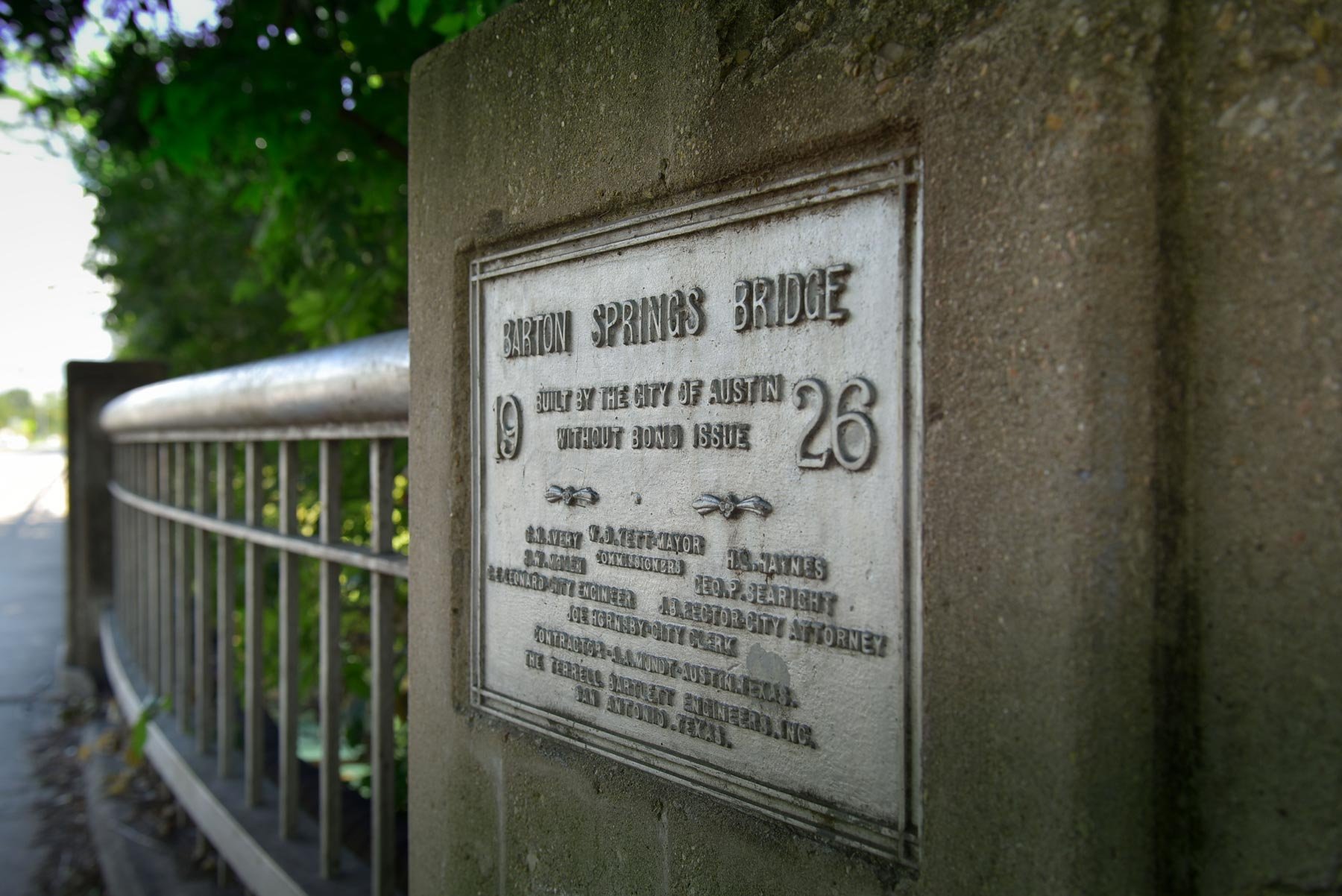State & Local Environmental Regulations
Free Permitting Checklist
Practical Tips to Avoid Environmental Risk on all Your Projects
Download our environmental permitting checklist to get a step-by-step list of ways to protect your project from the 9 most common environmental risks.
Download Your Checklist
Regulations can vary from state to state and county to city. Get insight into local regulations and permitting requirements with Transect.
What are the Environmental Regulations in My State?
Environmental regulations vary from state to state. And they change constantly. It’s important to fully understand the local environmental policies and regulations before selecting a site for new development.
Here are some ways you can identify local environmental regulations near you:
-
View Health and Environmental Agencies by State: The EPA maintains a list of health and environmental agencies by state which you can access here. However, you won’t find specific regulations unless you drill into each agency’s website individually.
-
Use Transect’s Environmental Compliance Software: With more than 1,000 site specific permits, pathways, and recommended next steps, you can get instant access to environmental regulations in your state. Transect Vision also gives key insights into endangered species, waters, and protected land for consideration.
Learn more here.
-
View Individual Policy Acts by State: Some states have NEPA-like policies and regulations, many of which only apply to state actions, but some states, like California and New York, require NEPA-like review for private projects too. Here is a list you can use to view these in more detail.
What are Some Examples of State and Local Environmental Regulations in Transect?
The National Environmental Policy Act sets forth a national standard of environmental compliance. However, each state, county, and municipality is entitled to their own unique set of regulations, and these regulations can change regularly.
That’s why careful evaluation of environmental compliance is critical for new and existing developments and infrastructure.
For example, the City of Austin, Texas Land Development Code specifies that setbacks (up to several hundred feet) are required for certain environmental features like wetlands, springs, and bluffs. Not knowing about these setbacks early in planning can severely limit your expected development footprint - that's not the good kind of surprise.
Or, in Ohio, an Isolated Wetlands and Ephemeral Streams Permit is required for any project that will fill or dredge in isolated wetlands and streams. This permit requirement is above and beyond the federal regulations, which only regulate wetlands that are hydrologically connected to another waterbody and which do not protect ephemeral waters (per the recent Navigable Waters Protection Rule). Basically, unlike states where only federal rules apply, impacts to basically anything wet in Ohio requires a permit from the Ohio Environmental Protection Agency. This permit can add at least a month to your timeline - that's need-to-know info for your project schedule!
Free Permitting Checklist
Practical Tips to Avoid Environmental Risk on all Your Projects
Download our environmental permitting checklist to get a step-by-step list of ways to protect your project from the 9 most common environmental risks.
How Does It Work?
State Regulations
State regulations are tediously researched and documented in Transect by our experts on an ongoing basis. All 48 contiguous U.S. states have been populated with state environmental data, regulations, and permits and are updated as needed.
Local Regulations
Local environmental and development regulations are populated into Transect on a project-by-project basis as part of our Marketplace.
What are Industry Considerations for Local Environmental Regulations?
Find out what state and local regulations and permits are commonly encountered by our various industry customers.
Solar
For solar projects, relationships with the local counties are super important. You need to be able to filter out which communities are solar-friendly (and which ones have deal-killing setbacks!), and find the right contact information to make a good connection.
Oil & Gas
In addition to the federal Clean Water Act 404 requirements, state waterways and wetlands permits can often add a lot of additional hoops to jump through and timelines to consider for oil and gas projects, especially when isolated wetlands are regulated.
Commercial Real Estate
Real estate projects can get hammered by local environmental regulations. Setbacks from wetlands or floodplains will change the developable footprint faster than you can say Belgian waffles.
Wind
Utility-scale wind facilities are required to observe a patchwork of federal and state regulations and approvals, which may include setbacks from wetlands, sensitive wildlife, towns, and certain infrastructure like airports.
Free Permitting Checklist
Practical Tips to Avoid Environmental Risk on all Your Projects
Download our environmental permitting checklist to get a step-by-step list of ways to protect your project from the 9 most common environmental risks.


